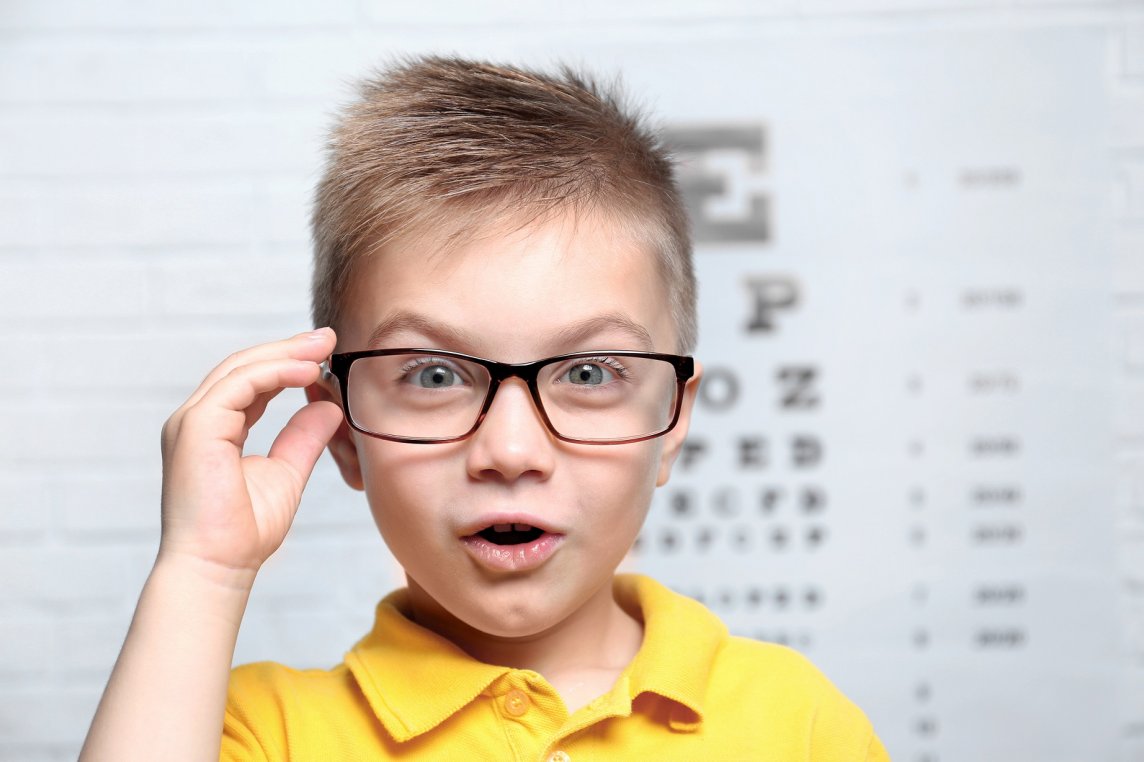New Research on Nearsightedness in Children

A recent review in the Journal of the American Medical Association (volume 332, number 19, November 19, 2024, page 1599) by Kate Schweitzer surprised me.
Pediatricians are constantly on the lookout for lazy eye, conjunctivitis, and several other common consequences of illness and injury. We expect parents to bring their children to eye doctors for regular checkups, but pediatricians don’t often bring up chronic vision problems, even though we do test vision during well visits. But now it’s more important than ever for parents to understand what they can do to protect their children’s vision. First, let’s look at a definition. The medical term for nearsightedness is myopia, and that means distant objects appear blurry while up-close objects are clear. This problem is common: 1 in 3 children throughout the world may have this disorder. It’s also important because the worst cases can lead to serious vision impairment, even blindness. And the numbers seem to be increasing steadily.
Why does myopia occur? As children get older, they grow. Everything grows, including the eyeballs. Sometimes the eyeball doesn’t grow symmetrically. That means it doesn’t maintain its round shape. Commonly, we see the onset of myopia between the ages of 8 and 13. As an oval, the eye can’t focus light properly. If the onset of uneven growth starts early, the risk of complications is greater. Problems with the retina, cataract formation, and even glaucoma can be the consequences. Interestingly, myopia worldwide is more common in Asia and least common in Latin America and the Caribbean.
Yes, myopia does tend to run in families. But genetics alone can’t account for what’s happening all over the world. The environment counts for a lot, too. Spending time outside early in life correlates with lower rates of myopia later in life. Starting near work (using tablets or looking at books excessively) in toddlers has a very negative effect. I would never disagree with having children read, but those children also need to have outdoor activity time regularly, maybe one or two hours daily. Even babies benefit from being outside.
Why does being outside help? First of all, there’s much more light. The light is more varied, and the eye focuses differently. The light from screens may not be a factor, but near work probably is. In general, being outside has many beneficial effects. Even if outdoor activity time doesn’t prevent or slow the progression of myopia entirely, it’s still a very worthwhile activity, just as reading is important even if excessive near work can be a problem.
Is there any real treatment on the horizon? While research into eye drops, corrective lenses, and contact lenses is ongoing, there is yet no great breakthrough for preventing, delaying, or treating myopia. For now, getting yearly eye exams and spending time outside is the best way to stay ahead of the risk of myopia.
Robert B. Golenbock, MD, is currently retired. He has cared for children in the Danbury area for 43 years, including at the Center for Pediatric Medicine. The CPM is located at 107 Newtown Rd, #1D, Danbury, CT, 06810. For more information, please call (203) 790-0822 or visit https://centerforpediatricmedct.com.







